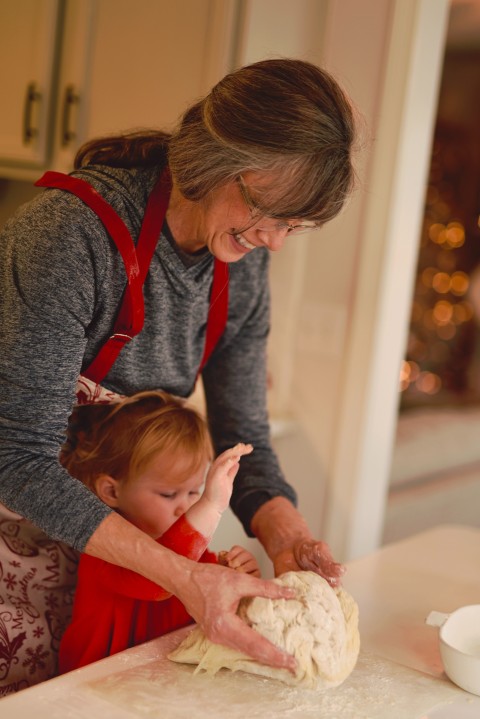Seniors form COVID-19 pods to ward off isolation this winter

For a month, Richard Besdine and his wife discussed whether to see family and friends indoors this fall and winter.
He thinks they should, so long as people have been taking strict precautions during the coronavirus pandemic. She’s not convinced it’s safe, given the heightened risk of viral transmission in indoor spaces.
Both are well positioned to weigh in on the question. Besdine, 80, was the longtime director of the division of geriatrics and palliative medicine at Brown University’s Alpert Medical School. His wife, Terrie Wetle, 73, also an aging specialist, was the founding dean of Brown’s School of Public Health.





